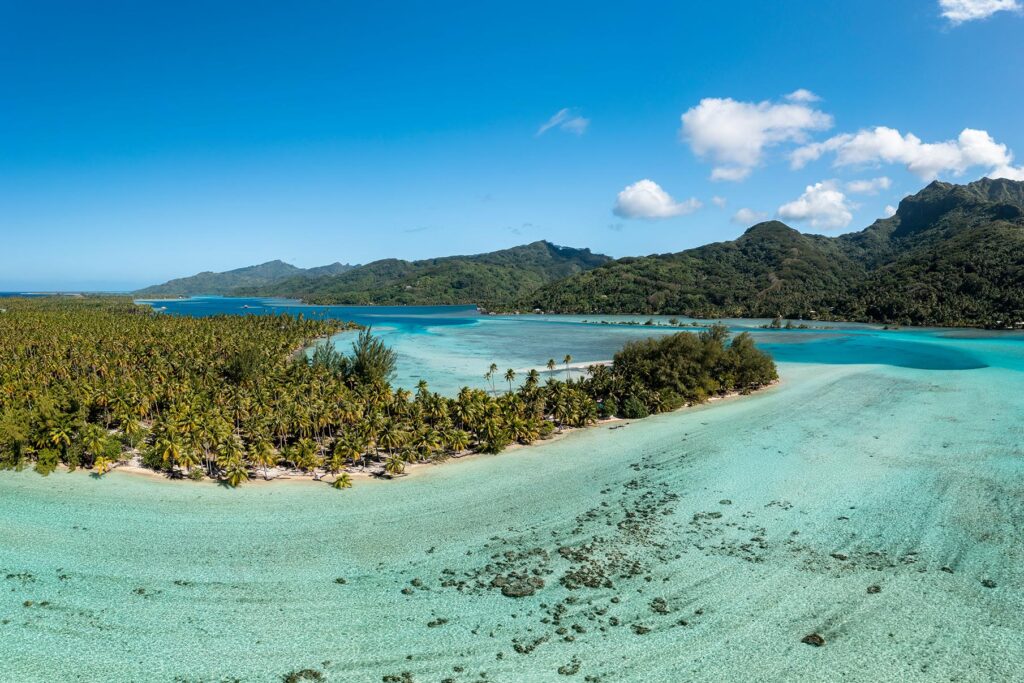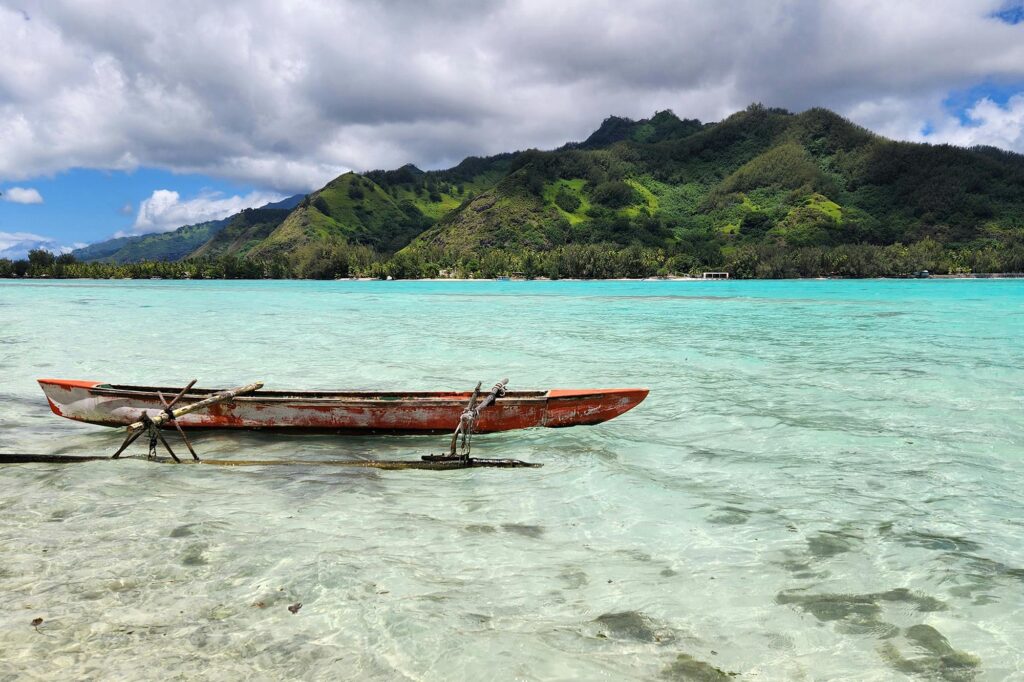For centuries, Tahiti was a thriving center of Polynesian culture, home to skilled navigators and seafarers who mastered the vast Pacific Ocean using only the stars and ocean currents as their guide. These early settlers developed a vibrant society rooted in oral traditions, elaborate rituals, and a deep connection to the land and sea. The legacy of these traditions endures today, from the intricate art of tattooing to the ceremonial importance of the marae, sacred stone temples that dot the islands. Tahiti’s encounter with European explorers in the 18th century, notably Captain James Cook, marked a pivotal moment in its history. The island’s allure captivated artists, writers, and adventurers, establishing Tahiti as a symbol of paradise in the Western imagination. While colonial influences introduced changes, Tahitians have preserved their cultural identity, blending ancient customs with modern life. This dynamic history makes Tahiti not just a destination of natural beauty but a living repository of Polynesian heritage.



Millions of years ago, Tahiti and its neighboring islands, including Moorea, Bora Bora, and Tetiaroa, emerged as volcanic formations in the heart of the Pacific. Over time, these volcanic peaks evolved into a network of stunning atolls, each adorned with motus—small islets that make up less than one percent of their vast structures. Anchored by thriving coral reefs and descending hundreds of feet to their volcanic foundations, these motus represent the visible crest of immense underwater formations that stretch across the ocean floor.
Atolls are entirely organic creations, with every element—whether living organism or the product of one—contributing to their formation. Home to some of the richest ecosystems on Earth, these islands and their surrounding waters support an extraordinary 30% of marine life, showcasing the immense biodiversity of Tahiti’s oceanic environment.

The atolls of Tahiti are self-sustaining marvels, creating and maintaining their landforms to withstand the relentless forces of the ocean. Coral organisms form calcium carbonate skeletons, which build the reefs that protect motus from waves. These reefs, in turn, generate the sediment that creates the motus themselves. Nutrients brought from the ocean by seabirds enrich the soil, fostering a unique ecosystem of plants and animals.
Freshwater lenses, which form within the motus’ sediment and float above the denser seawater below, are another remarkable feature. The size and depth of these lenses depend on the dimensions of the motus, shaping the diversity of the flora they can sustain.
The atolls of Tahiti are self-sustaining marvels, creating and maintaining their landforms to withstand the relentless forces of the ocean. Coral organisms form calcium carbonate skeletons, which build the reefs that protect motus from waves. These reefs, in turn, generate the sediment that creates the motus themselves. Nutrients brought from the ocean by seabirds enrich the soil, fostering a unique ecosystem of plants and animals.
Freshwater lenses, which form within the motus’ sediment and float above the denser seawater below, are another remarkable feature. The size and depth of these lenses depend on the dimensions of the motus, shaping the diversity of the flora they can sustain.

